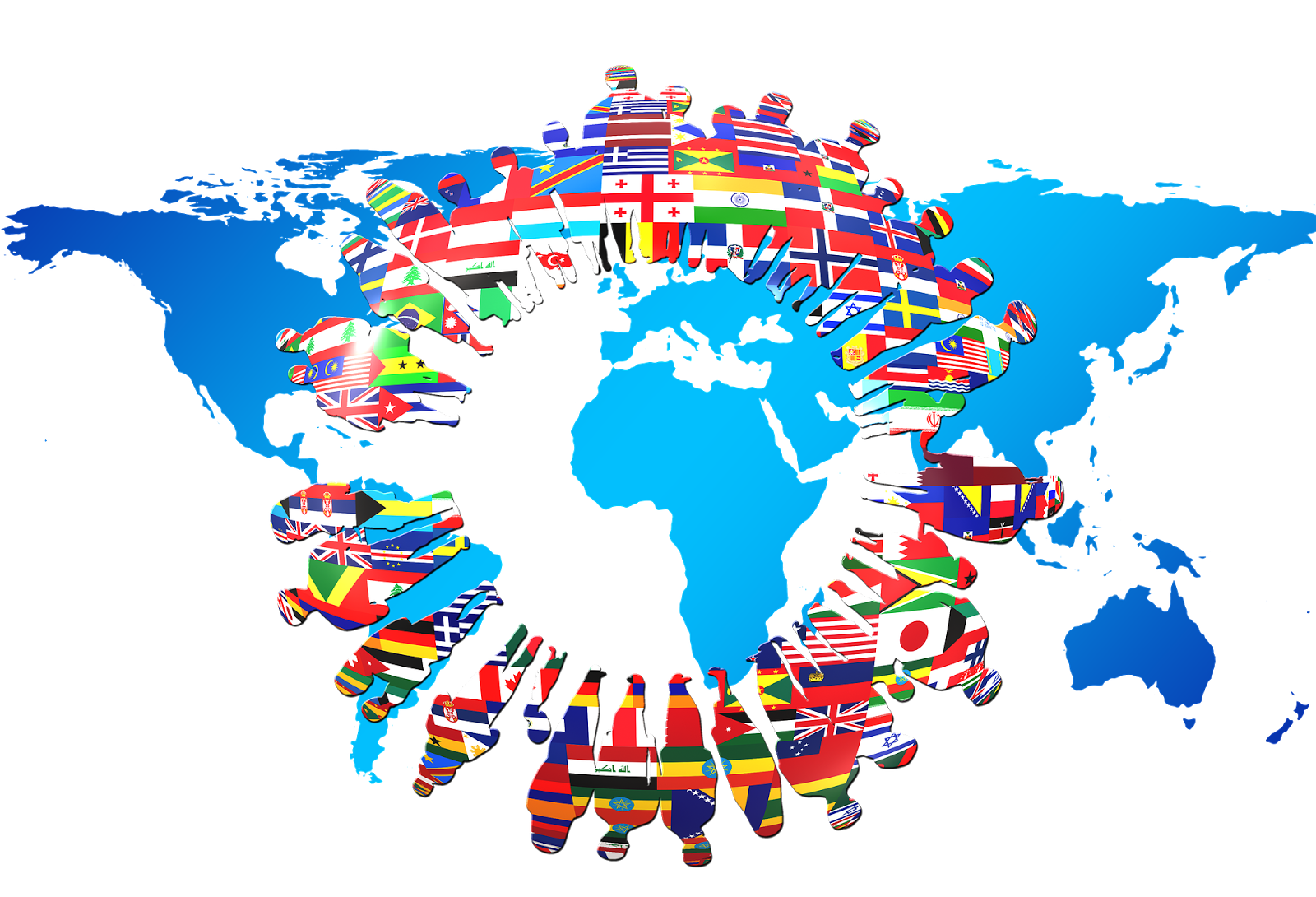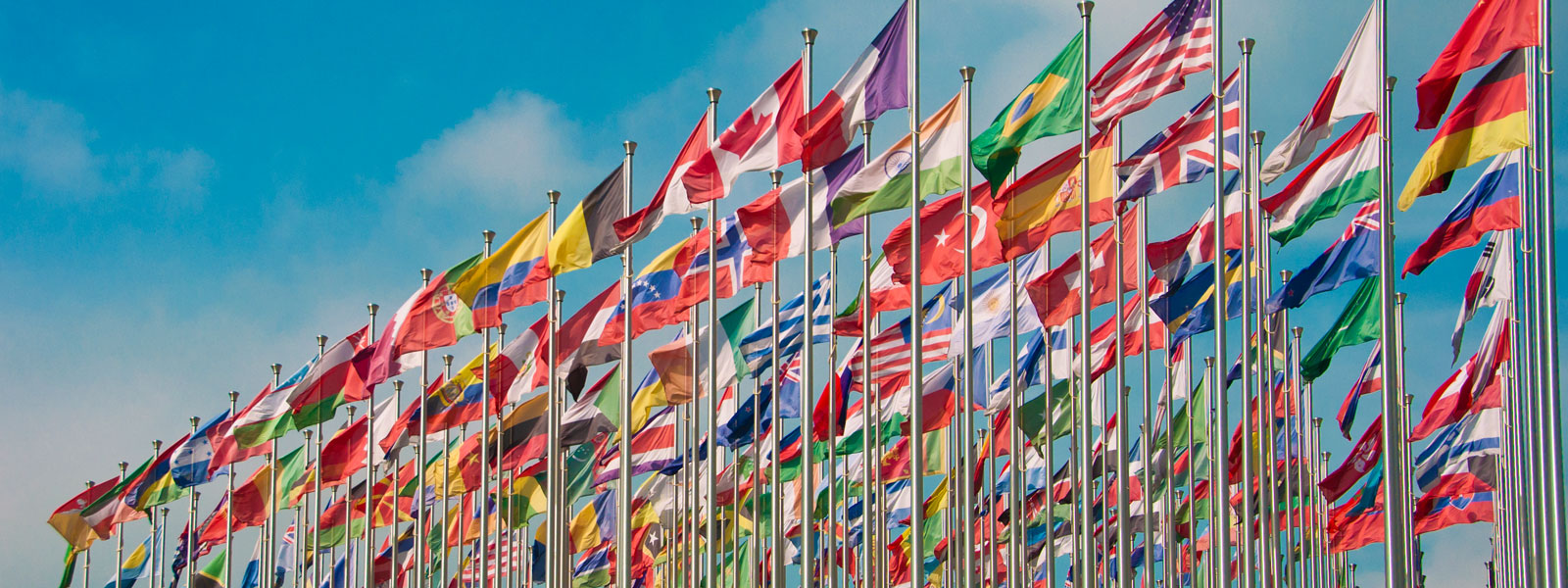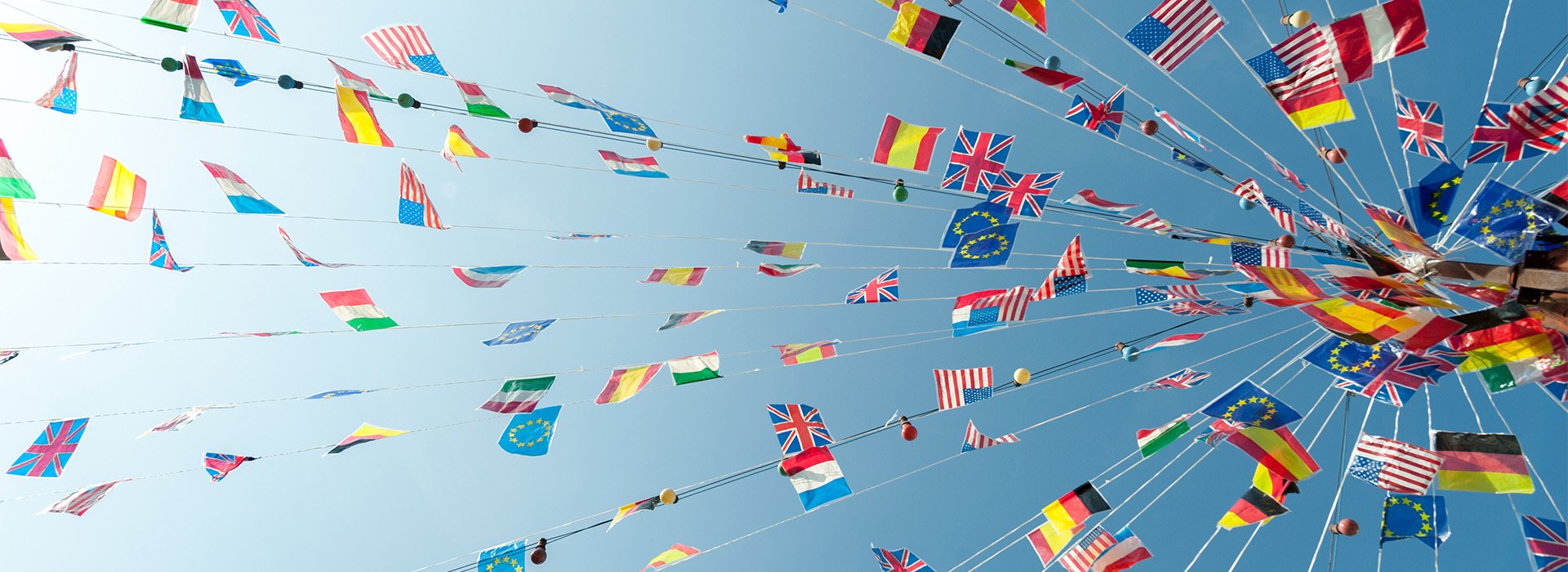
The Steppe Highway: The Deep Roots of Russophobia
For millennia, the great expanse of the Pontic-Caspian steppe has served as the launchpad for mass human migrations and military invasions into Europe. This flat, open corridor stretching from Central Asia to Eastern Europe offered an unobstructed route westwards — a natural highway used repeatedly by nomadic and imperial forces alike.
From the Scythians and Sarmatians, to the Huns, Avars, Bulgars,...













